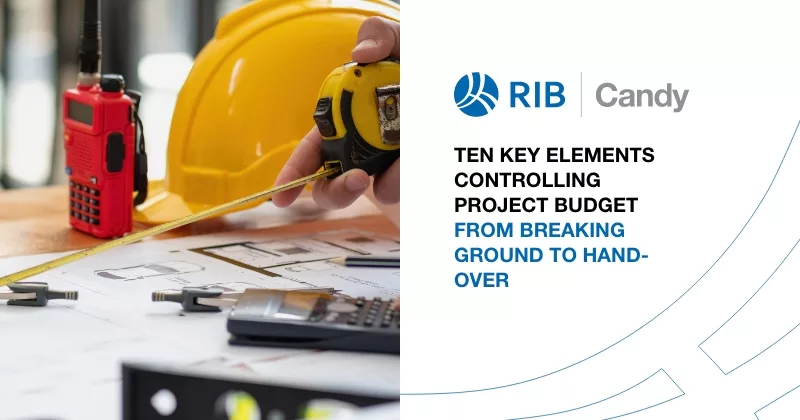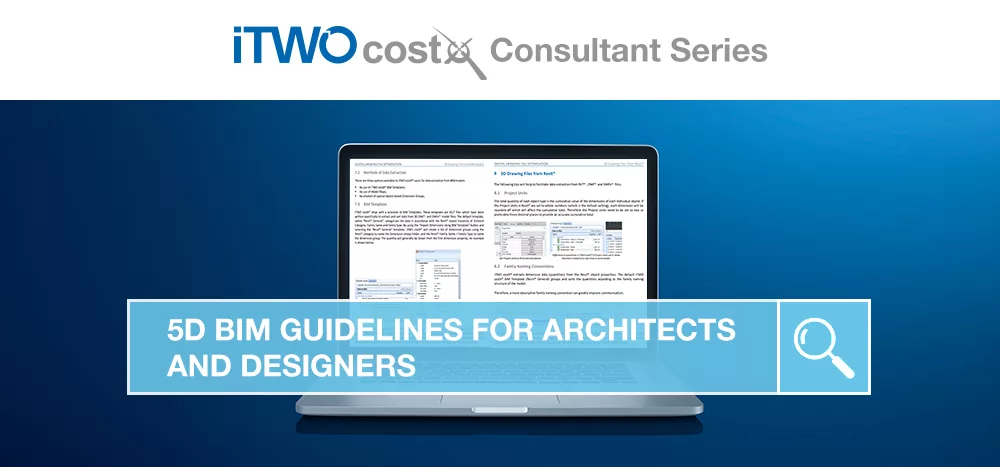24 mins read
Cost Estimation In Construction Projects: How To Do It Accurately

Materials can account for up to 70% of a project’s construction costs! Use estimating software to accurately estimate material usages, project material allowables and material wastage factors.
Accurate cost estimates in construction projects are critical as inaccuracies can lead to major budget
problems and possible losses on any project. Having an accurate breakdown of the materials required for the project allows site management to put in controls to manage the materials usage.
For construction firms that want to produce accurate cost estimates to reduce wastage, it’s a good idea to use estimation software. Not only will this make the process much easier and more streamlined, but it will also produce far more accurate results.
Doing an accurate cost estimation is one of the key ingredients for a successful project. So, here’s everything you need to know to ensure an accurate cost estimation process.
Construction Cost Estimating
Cost estimating in construction is the process of predicting the overall costs of a new building project. Being able to accurately forecast this is an essential area of the project.
Before going forward with a project, you need to calculate an accurate estimate of all the costs involved. This will help define the scope of the project, the resources needed, the time frame, and, of course, the budget.
Accurate estimates help the builder to make sure they order the right amount of materials and stay in line with their budget.
In most instances, the use of construction software will have a direct link to a procurement package. This link ensures that contractors purchase materials in line with the allowed rate and the allocated quantity. Any deviation from the cost estimate will then be flagged immediately to identify possible losses or buying gains.
Levels of cost estimates
There are different estimate levels that can occur throughout the construction process. These levels of estimates can differ depending on which stage of the project you are on.
- The order of magnitude: Determines feasibility before the project starts. This is the first phase and is based around expert judgement and comparative jobs.
- Intermediate estimate: Determining feasibility from using the concept of the general project. This is often used to determine whether a project is worth following through with.
- Preliminary estimate: A slightly more realistic estimate with a more detailed scope. This is the estimate that many projects base their budgets on.
- Substantive estimate: This estimate looks at the project designs, goals and deliverables. The contractor then creates an estimate based on estimated unit costs.
- Definitive estimate: This is the final stage of estimates, and it is created when the contractor knows most (or all) of the actual costs of the project. This is the most accurate form of estimate and is used to create tenders and bids.
Approaches for cost estimation
When calculating estimates, construction estimators gather the necessary information in roughly the same way. However, it is vital to decide on the best method of estimation. The key criteria is identifying
which of the estimation methods will allow you, the contractor, the most amount of project control. The
estimation methods are the foundations for project control and being profitable.
Unit cost estimating is one method. This is where every unit of work involved has an associated cost, allowing you to put all this data together into an estimate.
Stick estimating is another method. This is where the estimator already has a predetermined list of costs (materials, vendor proposals, labour wages, etc.). They can then use this list to estimate the total costs.
Estimating manually can provide fairly accurate results if the estimator has enough experience. But, it takes significant experience, knowledge and understanding of construction to generate accurate estimates manually.
Why use estimating software?
Using fit-for-purpose estimating software is the best way to calculate estimates. With software, contractors can reach estimates faster, accurately and with ease.
But, it’s not just about streamlining the process. Estimating software helps to reduce the risk of human error – allowing for more precise and realistic results. This means that you can create more accurate estimates to help you win more bids.
Creating good estimates is an important factor in understanding the project’s commercial parameters and its ability to run smoothly. So, getting it done as fast and as accurately as possible is something that all contractors should strive for.
The ability to use historical data from previous estimates and have the feedback from the projects that have been completed is vital to new estimates. By using reference projects and historical costs, you can estimate faster and more accurately. This is a major reason for the use of estimation software.
Final Thoughts
At the beginning of any construction project, achieving an accurate cost estimation is vital. This will help to manage the scope of the project ahead, as well as allow clients to understand their budget requirements. Good estimates are the first step to a great project so getting it done right is very important.
Estimating software like Candy can help estimators gain a serious advantage. Results become more accurate, the process becomes easier, errors are reduced and contractors can work with a more realistic budget.
An open book of the material and wastage allowances are key to a successful project delivery. Getting this information easily using the preferred method of estimation and an estimation software, like Candy, is necessary for every construction company to be profitable.
Most Recent
24 mins read
14 mins read
15 mins read
25 mins read

E-BOOK











